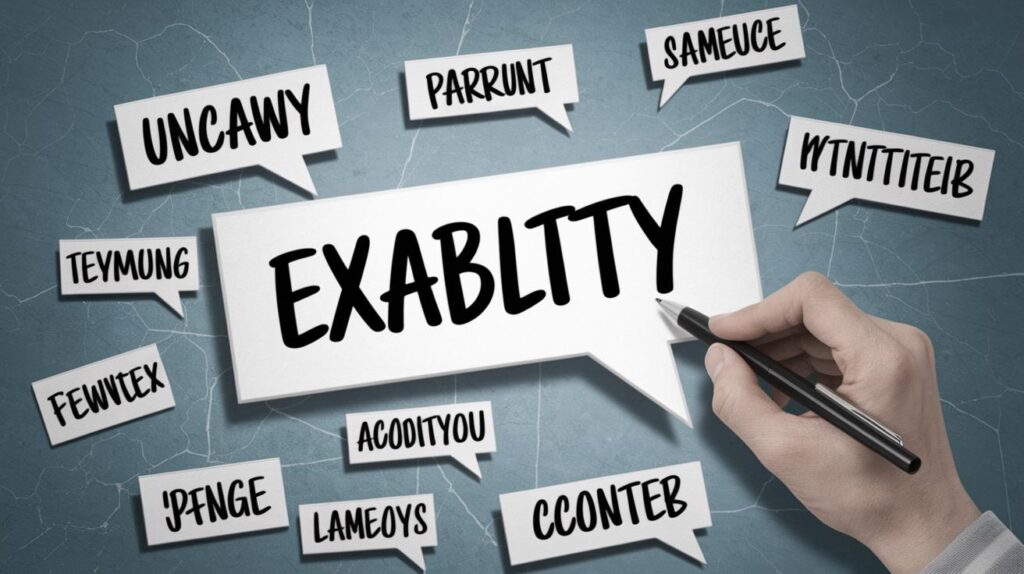Example of Labeling Theory: An In-Depth Exploration
Labeling theory is a cornerstone of sociological thought that explores the implications of categorizing individuals and behaviors. It delves into how societal labels can lead to the stigmatization and discrimination of individuals, influencing self-concept and behavior. This post will cover various facets of labeling theory, including the roots of stigma and discrimination, the distinction between formal and informal labeling, and the relationship between labeling and deviant behavior. By examining examples like domestic violence and delinquency, we aim to provide a comprehensive understanding of this impactful theory. Additionally, we’ll explore its application in different cultural contexts and the role of social exclusion and deviant groups. Through this discussion, the transformative impact of societal labels on individual identity and behavior will be highlighted, offering valuable insights for readers intrigued by the dynamics of social interaction and identity formation.
Stigma and Discrimination: The Roots of Labeling Theory
Labeling theory originated as a response to understanding how social identity is constructed through the lenses of societal norms, stigma, and discrimination. It highlights the power of labels in influencing how individuals perceive themselves and are perceived by society. Historically, labeling has been used as a means of maintaining social order, but it often unintentionally contributes to discrimination.
Stigmatization roots deep in societal structures, where individuals or groups deemed “deviant” suffer marginalization. This labeling not only justifies social exclusion but also perpetuates stereotypes, further entrenching those labeled in cycles of poverty, hostility, and alienation. Understanding these roots helps us question the fairness of societal norms and the consequences of labeling on human behavior and social dynamics.
Formal and Informal Labeling
Formal labeling occurs through institutional processes where authorities, such as police, schools, or the legal system, impose labels on individuals. These labels can constrain opportunities and reinforce a person’s deviant identity. For instance, a criminal record can severely limit employment prospects, housing options, and social relationships.
Informal labeling, on the other hand, involves everyday interactions where family, friends, or peers assign labels. While they might seem less consequential than formal labels, informal labels can deeply impact one’s self-esteem and identity. These interactions can lead to internalized stigma, where individuals begin to see themselves through the lens of negative stereotypes assigned by their social circles.
Labeling and Deviant Behavior
Key Takeaways
The fundamental idea of labeling theory is that societal reaction to deviance can lead to further deviance. Once labeled as deviant, individuals may be driven to act in ways that align with their new identity, reinforcing the cycle of deviant behavior. This often results in a self-fulfilling prophecy where expectations lead to the realization of the anticipated behavior.
Deviant Self-Concept
A critical aspect of labeling theory is understanding how labels impact self-concept. When individuals are labeled as deviant, they may internalize these labels, altering their self-perception and identity. This deviant self-concept often results in behaviors that fulfill societal expectations, further marginalizing the individual.
Social Exclusion
Once labeled, individuals often face social exclusion from conventional society. This exclusion can limit their access to resources and lead to involvement with deviant groups where their identity is accepted or even celebrated. The cycle of exclusion and affiliation with deviant communities can strengthen the deviant identity.
Deviant Groups
Individuals labeled as deviant sometimes find refuge in groups that share similar labels, forming communities that offer acceptance and identity. These groups can provide a sense of belonging and empowerment, but may also reinforce deviant behaviors. This dynamic illustrates how labeling can contribute to the formation of subcultures.
Labeling and Subsequent Deviance
The link between labeling and subsequent deviance lies in the opportunities redefined by labels. As labeled individuals associate with deviant groups or engage in deviant behavior, their access to legitimate opportunities diminishes, locking them in a cycle of deviance.
Examples
Domestic Violence
In cases of domestic violence, victims often face victim-blaming labels, which compound their trauma. Labeling theory elucidates how these labels not only stigmatize but can also silence victims, deterring them from seeking help. Moreover, perpetrators labeled as abusers might continue their behavior if they perceive it as part of their identity.
Delinquency and Adolescent Males
Adolescent males labeled as delinquents frequently encounter social and institutional barriers that hinder their success. These labels can stem from peer interactions or formal settings like school suspensions. Once labeled, these young individuals may embrace the delinquent identity, gravitating towards groups that reinforce deviant behavior.
Official Punishment, Peer Rejection, and Labeling in Chinese Youths
In the context of Chinese youths, labeling often combines with strict societal norms and expectations. Official sanctions, such as school or legal punishments, can lead to peer rejection. The compounded effect of these labels can influence youth behavior, guiding them towards deviance or conformity depending on social support systems available.
References
Annotated bibliography can be instituted here including key texts like:
- Becker, H.S. (1963). Outsiders: Studies in the Sociology of Deviance.
- Goffman, E. (1963). Stigma: Notes on the Management of Spoiled Identity.
- Lemert, E.M. (1951). Social Pathology: Systematic Approaches to the Study of Sociopathic Behavior.
Further Reading
To deepen understanding of labeling theory, readers are encouraged to explore the following resources:
- Schur, Edwin M. (1971). Labeling Deviant Behavior: Its Sociological Implications.
- Braithwaite, J. (1989). Crime, Shame and Reintegration.
- Crocker, J., Major, B., & Steele, C. (1998). Social Stigma. In Annual Review of Psychology.
Final Thoughts
| Concept | Description |
|---|---|
| Stigma and Discrimination | Explores how societal norms contribute to defining deviant behavior, leading to stigma and discrimination. |
| Formal and Informal Labeling | Distinguishes between labels imposed by authorities versus those from personal interactions. |
| Labeling and Deviant Behavior | Discusses how labels influence self-concept, social exclusion, and affiliation with deviant groups. |
| Examples | Provides real-world instances like domestic violence, delinquency impacts on youths, and cross-cultural perspectives. |


